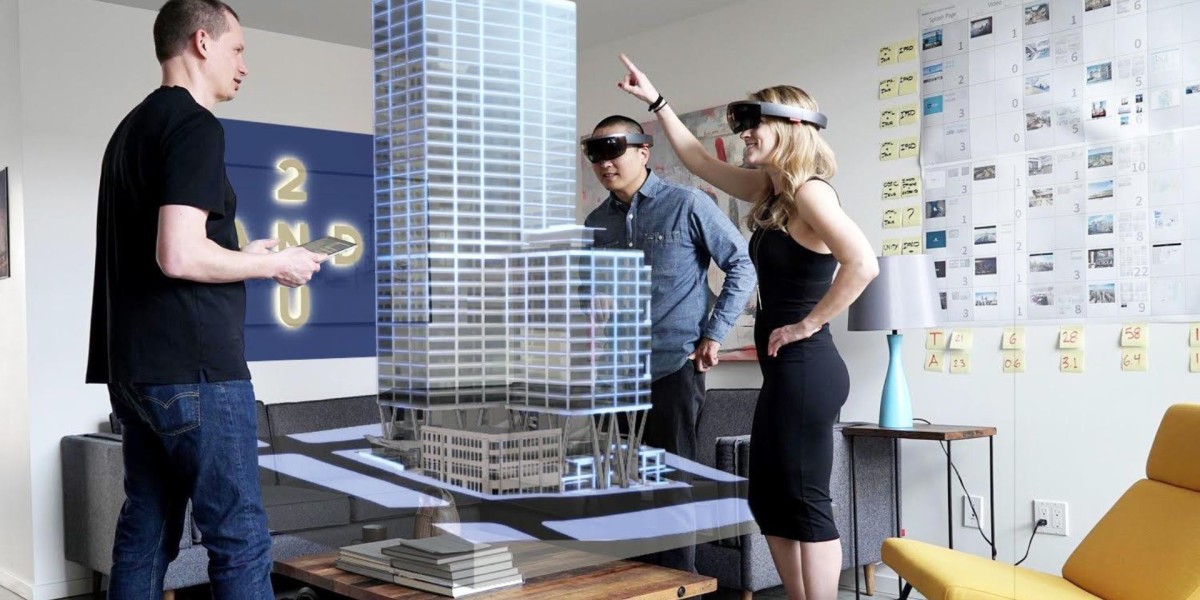Virtual production has emerged as a transformative force in content creation, offering unprecedented opportunities for filmmakers, game developers, and creatives across industries. This blog explores the dynamic landscape of virtual production, uncovering key trends, technological advancements, and the global impact on media and entertainment.
The Evolution of Virtual Production: From Concept to Reality
Virtual Production has undergone a remarkable evolution, fueled by advancements in digital technology and the convergence of film, gaming, and animation. What began as a niche technique has now become a mainstream practice, with virtual production studios popping up around the world. This evolution has been driven by the demand for immersive content experiences and the desire to push the boundaries of storytelling through innovative techniques such as real-time rendering, virtual sets, and augmented reality.
Technological Innovations Driving Virtual Production
Several technological innovations lie at the heart of virtual production, enabling creators to bring their visions to life with unprecedented realism and interactivity. Real-time rendering engines, such as Unreal Engine and Unity, provide filmmakers and game developers with the ability to create high-fidelity graphics and dynamic environments in real-time. Motion capture technology allows actors to perform in virtual worlds, capturing their movements and expressions with precision. Additionally, virtual camera systems empower cinematographers to explore virtual sets and capture shots with the same level of control and creativity as traditional filmmaking.
Applications Across Industries: A Multifaceted Approach to Creativity
The applications of virtual production extend far beyond the realms of film and gaming, encompassing a wide range of industries and creative endeavors. In architecture and design, virtual production enables architects to visualize building projects in immersive 3D environments, facilitating better design decisions and client presentations. Automotive manufacturers leverage virtual production to prototype vehicle designs, simulate driving scenarios, and create interactive marketing experiences. Similarly, advertising agencies utilize virtual production techniques to craft captivating campaigns with photorealistic visuals and engaging narratives.
Global Adoption Trends and Impact
The global adoption of virtual production technologies is on the rise, with countries around the world embracing these innovative techniques to produce high-quality content and drive economic growth. Traditional entertainment hubs such as Hollywood and Bollywood have been at the forefront of virtual production adoption, leveraging these technologies to create blockbuster films and immersive gaming experiences. However, emerging markets in Asia-Pacific and Latin America are also embracing virtual production, fueled by increasing demand for local content and advancements in digital infrastructure.
Challenges and Opportunities in Virtual Production
Despite its promise, virtual production is not without its challenges. Setting up virtual production studios requires significant investment in hardware, software, and talent development. Additionally, integrating virtual production workflows into existing production pipelines can be complex and time-consuming. However, these challenges are outweighed by the opportunities that virtual production presents, including enhanced creativity, efficiency, and cost savings.
Future Outlook: Charting the Course for Virtual Production
As technology continues to evolve, the future of virtual production looks bright. Continued advancements in real-time rendering, motion capture, and virtual camera technology will further democratize content creation, empowering creators of all backgrounds to bring their visions to life in ways never before possible. From blockbuster films to immersive gaming experiences, virtual production will continue to push the boundaries of storytelling and redefine the entertainment landscape for years to come.
Get more insights on Virtual Production



